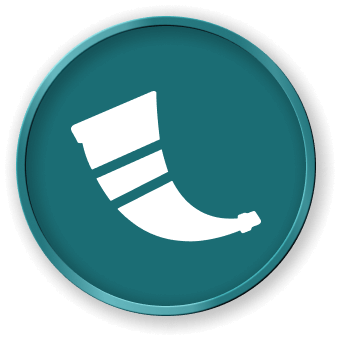Introduction
In this lab, we will walk through how to create and use Flask blueprints to structure your application using views. Flask blueprints allow you to group related views, code, and resources together making your application modular and scalable. We will create a simple application which will include user authentication and blog posts functionality.
Note: You need to create the code file yourself and run it in the environment. You can preview the Flask service status on Web 5000.

